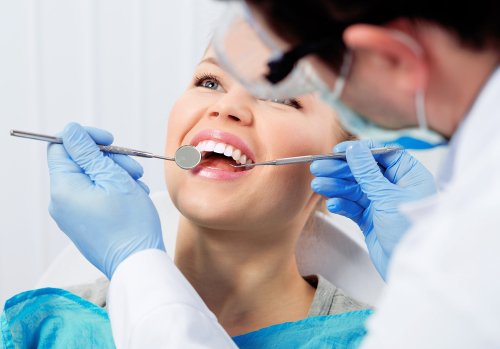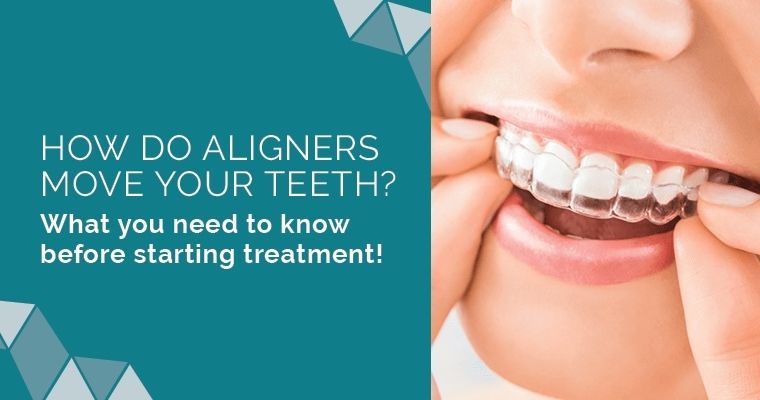Legacy Orthodontics Fundamentals Explained
Legacy Orthodontics Fundamentals Explained
Blog Article
The Legacy Orthodontics Ideas
Table of ContentsThe Best Strategy To Use For Legacy OrthodonticsLittle Known Questions About Legacy Orthodontics.Legacy Orthodontics for BeginnersSome Known Incorrect Statements About Legacy Orthodontics The Ultimate Guide To Legacy Orthodontics
In addition, we supply adjustable therapy timetables, flexible repayment alternatives and a fun, enjoyable experience.An orthodontist is a dentist educated to detect, prevent, and deal with teeth and jaw irregularities. They correct existing problems and are trained to determine problems that may develop in the future. Orthodontists function with individuals of any ages, from youngsters to grownups. Individuals frequently associate an excellent smile with healthiness.
Malocclusion, or misaligned teeth, can lead to dental problems, including dental caries, gum illness, and tough or unpleasant eating. But not every person is born with straight teeth. If you have a bad bite or large spaces between your teeth, you might wish to seek advice from a dental expert specializing in orthodontic care.
Not known Incorrect Statements About Legacy Orthodontics
( Image Credit Scores: DigitalVision/Getty Images) Orthodontists use taken care of and detachable oral devices, like braces, retainers, and bands, to change the setting of teeth in your mouth. Orthodontic therapy is for dental abnormalities, consisting of: Jagged teethBite problems, like an overbite or an underbiteCrowded teeth or teeth that are also much apartJaw misalignmentThe goal of orthodontic treatment is to improve your bite.
A healthy and balanced bite guarantees you can consume, eat, and talk effectively. While you may think about orthodontists as mostly for youngsters or teenagers who need braces, they can fix oral problems at any age. Orthodontists participate in university, dental college, and orthodontic college. After graduation, they spend 2 or 3 years in an orthodontic residency program.
, however not all dental practitioners are orthodontists. They focus on two locations: Just how to correctly and securely relocate teeth How to appropriately direct development in the teeth, jaw, and faceOnce an orthodontist has completed training, they have the alternative to end up being board accredited.
Examine This Report on Legacy Orthodontics
Malocclusion leads to tooth overcrowding, a twisted jaw, or irregular bite patterns. Malocclusion is typically treated with: Your orthodontist affixes steel, ceramic, or plastic square bonds to your teeth.
If you have only small malocclusion, you might have the ability to utilize clear braces, called aligners, instead of traditional dental braces (https://triberr.com/legacyortho). Some individuals require a headgear to aid relocate teeth right into line with stress from outside the mouth. After braces or aligners, you'll need to wear a retainer. A retainer is a custom device that maintains your teeth in position.
They're most usually used on children. They can develop additional area in the mouth without having to pull teeth. If you have a serious underbite or overbite, you might require orthognathic surgical treatment (likewise called orthodontic surgical procedure) to extend or shorten your jaw. Orthodontists make use of wires, medical screws, or plates to support your jaw bone.
You might require to see an orthodontist if you have: Crowding or otherwise enough space for all of your teethOverbite, when your upper teeth come by your bottom teethUnderbite, when your bottom teeth are too far forwardSpacing or problems with gapsCrossbite, which is when your upper teeth fit behind your bottom teeth when your mouth is closedOpen bite or a vertical space in between your front bottom and top teethMisplaced midline, when the center of your bottom and top teeth don't line up Fixing an oral malocclusion can: Make biting, chewing, and talking easierImprove the balance of our face and your total appearanceEase pain from temporomandibular joint conditionsSeparate your teeth and make them much easier to cleanse, assisting prevent dental cavity or tooth cavities It's commonly a dental practitioner that first notifications misaligned teeth throughout a routine exam.
Some Ideas on Legacy Orthodontics You Should Know

During your very first orthodontic appointment, you'll likely have: An oral examPhotos taken of your face and smileDental X-raysPanoramic (360 level) X-rays of your face and headImpressions to create molds of your teethThese examinations will certainly assist your orthodontist recognize how to continue with your treatment. leesburg orthodontics. An orthodontist is a dental professional that's had training to treat your teeth and jaw
An orthodontist is concentrated on your bite, so something like a chipped tooth would be handled by a dental professional. Orthodontists are concentrated on your bite, or the means your teeth fit together, and the straightness of your teeth.
Ever wondered how stars always seem to have perfectly lined up teeth? Orthodontists are dental experts who focus on remedying abnormalities in the teeth and jaws.
Not known Facts About Legacy Orthodontics

, orthodontists have a varied toolkit at their disposal. These reliable dental braces make use of a system of brackets bonded to the teeth and linked by cables.
These special info removable trays are customized to considerably shift the teeth's placement. In situations of narrow jaws, palatal expanders can be used to produce area for proper tooth alignment.
Report this page